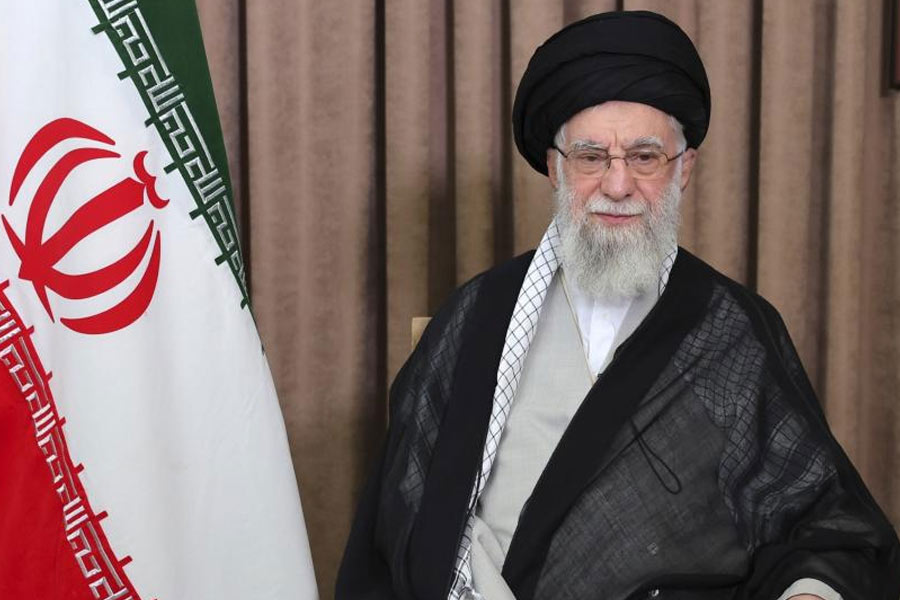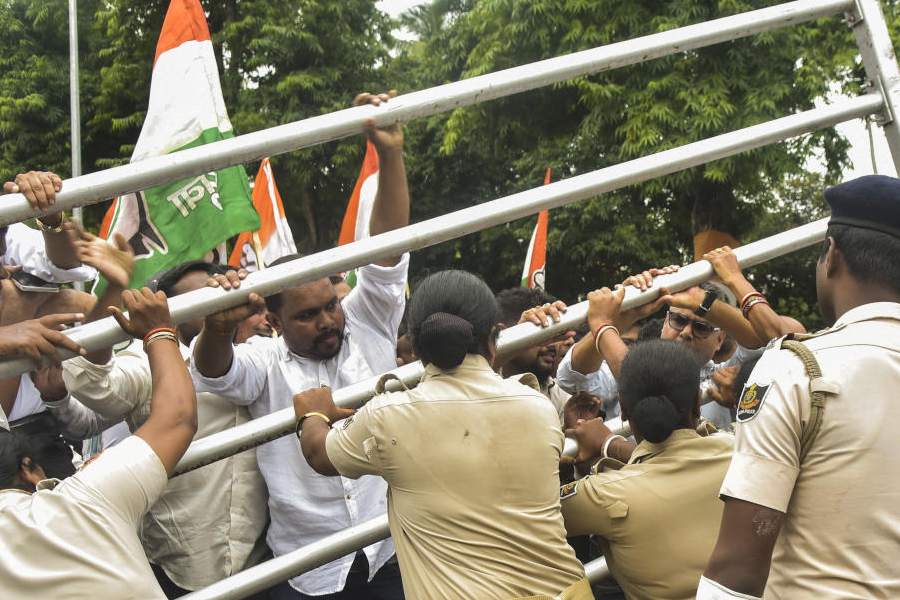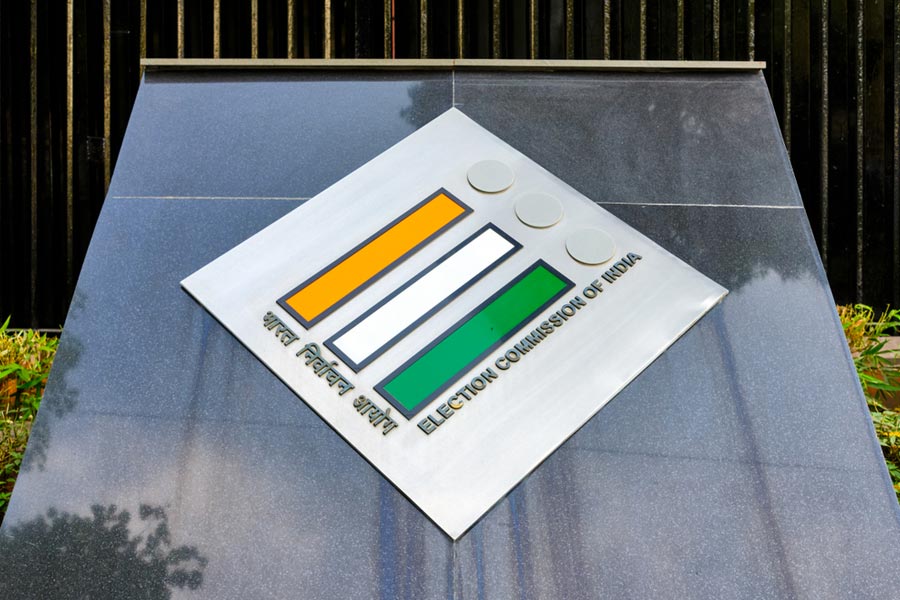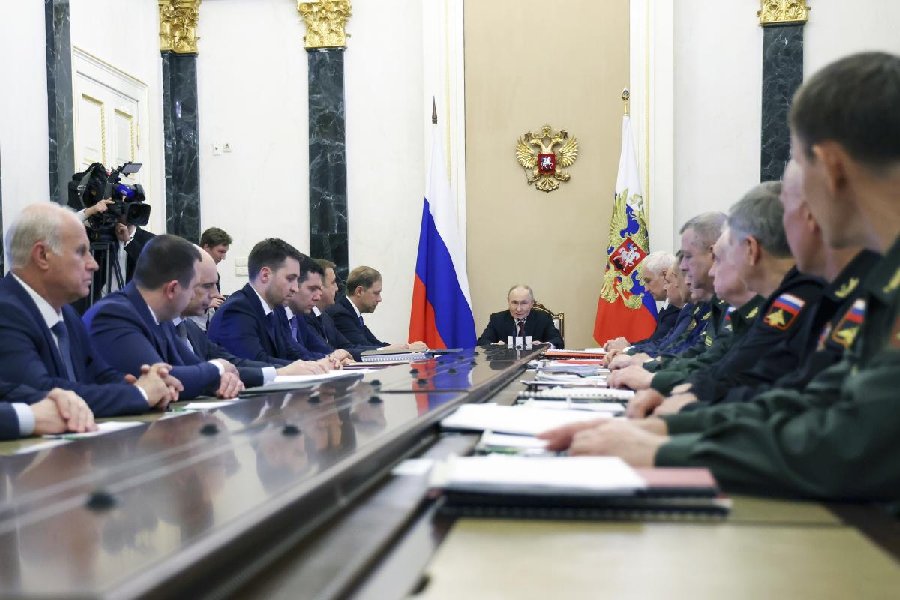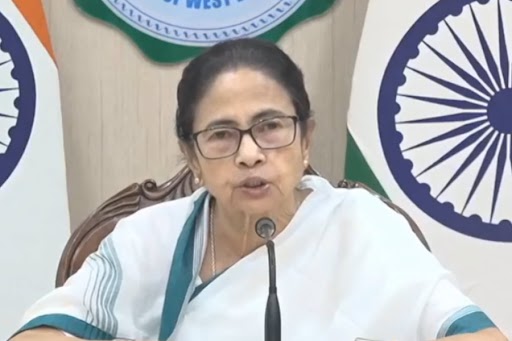 |
| Stamp relief |
New Delhi, Dec. 12: Manufacturers may soon have to emboss a new “child-friendly” logo next to their trade name or risk the embarrassment of standing out as employers of child labour.
The government is co-ordinating with industry to design a logo that will be used to identify “ethical manufacturers” in India, Renuka Chowdhury, the women and child development minister, said today.
“Any manufacturer who does not employ children and ensures that children are not employed by franchisees… will be declared an ethical manufacturer,” Chowdhury said at a national consultation the right to education and abolition of child labour.
The ministry will hold a conference with manufacturers towards the end of December to finalise the logo, she said.
“Industry has a responsibility towards ending child labour, and the logo, by identifying manufacturers as ethical, will help boost their business too.”
The concept is borrowed from product quality stamps such as the ISI mark or the AGMARK, that products in India are marked with.
Several international garment brands with manufacturing units in developing countries follow an internal mechanism of scrutinising the records of individuals or firms they outsource work to.
Over the past two years, however, a number of foreign garment firms — Gap, Select dresses and Roman Originals — have found themselves facing allegations of utilising Indian child labour to produce garments cheaply.
International firms, too, will be called to the conference to share their experience, the minister said.
Chowdhury has also asked the National Commission for Protection of Child Rights to draft an “umbrella” legislation specifically covering all forms of exploitation of children.
“We need a central law that defines exploitation of children and then bans it. We have a number of laws but there are a number of gaps between the laws that need to be covered.”
She said at the conference that the UPA would soon announce a National Girl Child Day. The ministry has proposed a day in January, possibly in the third week, but officials refused to disclose the exact date.
During her earlier stint as minister, Chowdhury had proposed Sonia Gandhi’s birthday as the National Girl Child Day — a move seen by many as smacking of sycophancy. Sonia rejected the proposal.
The fresh proposal does not propose the birthday of anyone from the Gandhi family, sources said. The proposal is currently with the committee of secretaries after which it will go to the cabinet.
For the first time, all central government commissions jointly accepted the need to ban all forms of labour for those under the age of 18.
These included the National Human Rights Commission, the minority commission, and commissions for Scheduled Castes, Scheduled Tribes, women and minority educational institutions.
Different Indian laws at present define childhood differently. The law against child labour defines children as those under 14 while the juvenile justice act puts the age at 18.
The commission for protection of child rights has asked the ministry to uniformly define all under-18 children out of school as child labourers.
Chowdhury indicated support for this recommendation.


